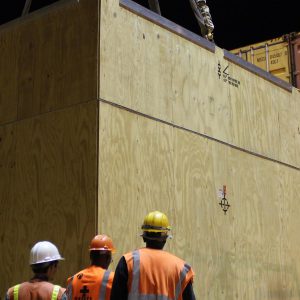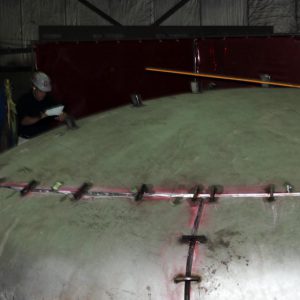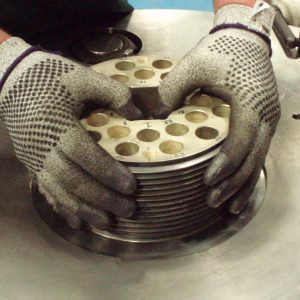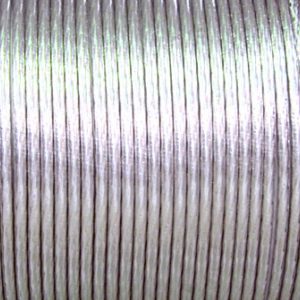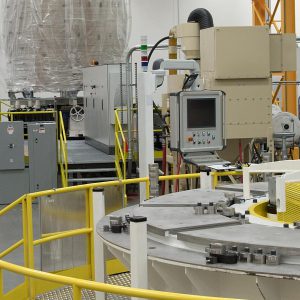
Winding of the central solenoid mock-up module has begun
At the heart of the ITER international fusion reactor-scale experiment now under construction in France is the world’s most powerful pulsed superconducting electromagnet—the ITER central solenoid.

